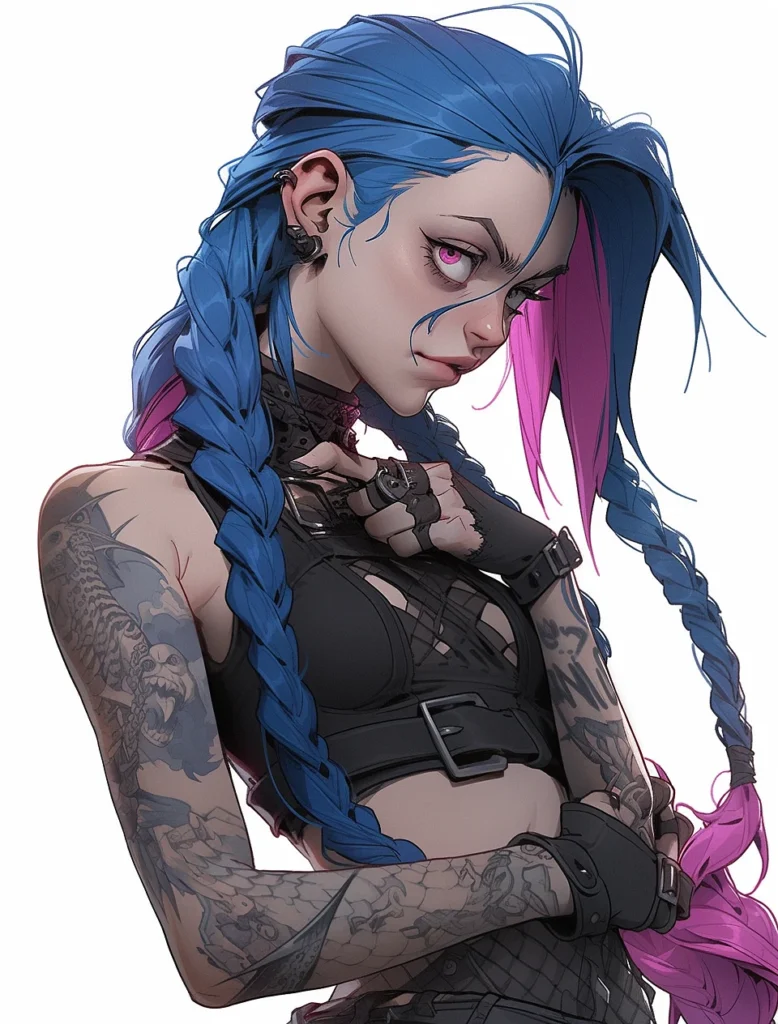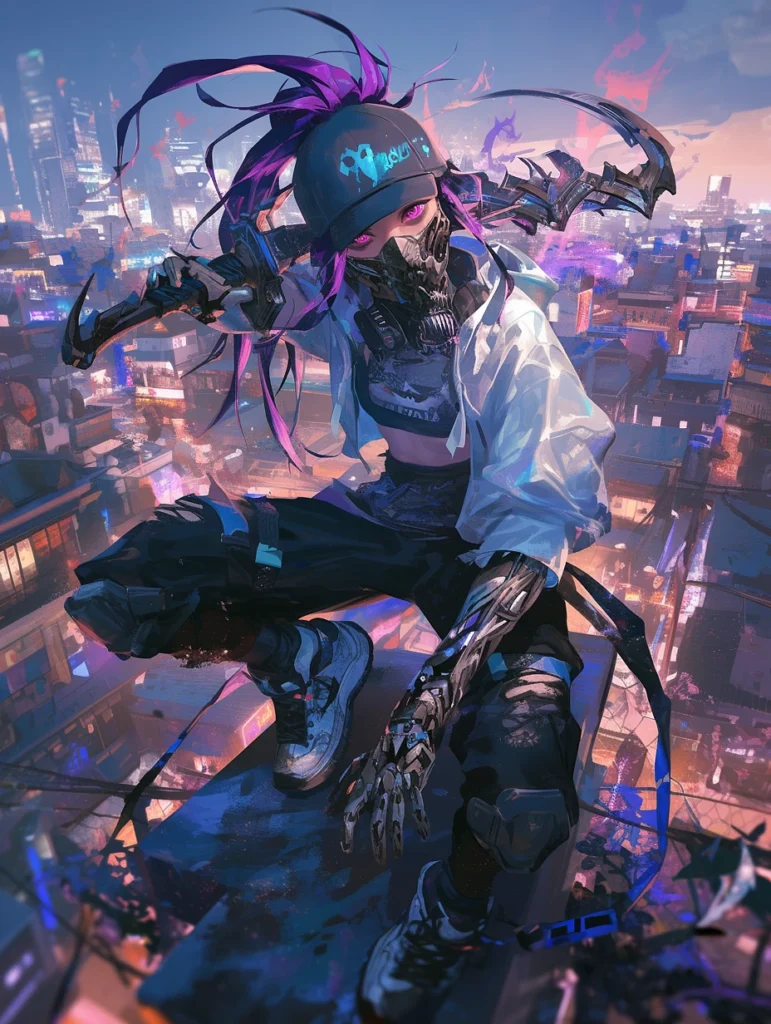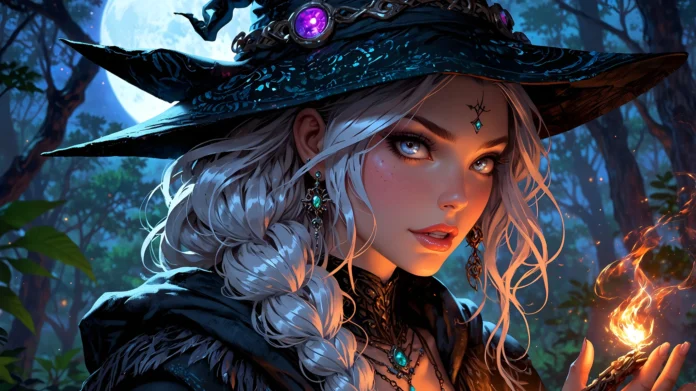In the realm of AI art generation, NovelAI stands out for its flexibility, allowing users to create unique, high-quality images through customizable prompts and detailed controls. For artists, writers, and AI enthusiasts alike, the platform offers a blend of creativity and technology. However, achieving the highest quality output can be a challenge, especially when it comes to refining prompts and using the right techniques. This guide will cover everything you need to know about enhancing the quality of your NovelAI generations, including tips on tags, samplers, and prompt memory.
By the end of this article, you’ll have a clear understanding of how to get high-quality art on NovelAI, making the most of its robust features to bring your creative vision to life.

Introduction to NovelAI and Its Art Generation Capabilities
NovelAI has gained popularity for its image generation, fueled by advanced algorithms and a user-friendly interface. Whether you’re generating images for a novel, creating concept art, or just exploring your artistic side, NovelAI offers a unique way to bring ideas to life with text prompts. The tool provides access to a wide variety of artist styles and creative filters, helping users achieve images that range from realistic to fantastical. While it’s a powerful tool, achieving high-quality outputs requires a bit of finesse with tagging, sampling, and prompt engineering.
Why Quality Matters in AI Art Generation
Achieving a high-quality output goes beyond just typing in a few keywords. Quality in AI art is measured by the clarity, consistency, and aesthetic appeal of the final image. Often, achieving this level requires understanding how the AI interprets tags, how samplers affect image creation, and what prompts can help reinforce desired elements within the artwork.
Key Features and Tools to Improve Art Quality
NovelAI provides several tools and settings to help you improve the quality of generated images. Here’s a breakdown of key features:
1. Tags for Detailing
Tags allow you to guide the AI toward specific elements, like “landscape,” “portrait,” or “fantasy art.” Using tags correctly can drastically change the look and feel of your images, making them more visually accurate and coherent.
2. Sampler Settings
Novel AI Samplers determine how the AI interprets your prompt over a set number of iterations. Choosing the right sampler can lead to sharper, more detailed images.
3. Memory and Prompt History
NovelAI has a feature for remembering prompts, which allows it to build on previous inputs and create cohesive visuals across multiple generations.
Understanding Tags and Their Role in Quality
Tags are essential in guiding the AI to focus on specific details, styles, or elements within your prompt. They allow you to “steer” the AI toward generating images that align closely with your vision. For instance, if you want a detailed portrait with realistic textures, specific tags like “portrait,” “high detail,” and “photorealistic” may be required.
Popular Tags for Quality Improvement
- “high detail” – Increases the clarity and intricacy of the image.
- “photorealistic” – Useful for realistic or lifelike artwork.
- “fantasy” – Great for more imaginative or surreal styles.
- “artist name” – NovelAI allows you to incorporate artist styles as tags, so using well-known artist tags can help achieve a specific aesthetic.
Using these tags in combination can help you achieve a much higher quality in image output.

How to Use Quality Tags for Specific Details (e.g., Hands)
Achieving realistic details in AI-generated images can be tricky, particularly with complex elements like hands. Here’s how to approach it:
- Add Detail-Oriented Tags: Use tags like “detailed hands,” “realistic hands,” or “anatomy-focused” to draw attention to hand detail.
- Combine with Artistic Tags: Tags for artists known for detailed realism can sometimes improve challenging features.
- Repeat Key Tags: Reinforcing specific tags can also help the AI focus on difficult areas.
These strategies can help mitigate the common issues with AI-rendered hands, producing more refined results.
Sampler Techniques to Enhance Output
Samplers play a crucial role in the quality of AI-generated images. NovelAI offers multiple sampler types, each with a unique effect on the output.
Common Samplers in NovelAI
- DDIM: Good for achieving faster, general outputs.
- Karras: Ideal for detailed work, as it applies multiple iterations to refine images.
- Euler: Works well for realistic images, adding smoothness and subtle transitions.
Choosing the Right Sampler
If you’re aiming for high-detail, photorealistic images, “Karras” may be the best choice due to its ability to enhance details through multiple iterations. For abstract or stylistic art, “DDIM” might offer the ideal blend of speed and quality. Experimenting with different samplers can yield varied results, so take the time to test which works best for your goals.
Maintaining Prompt Memory in NovelAI
One of the standout features of NovelAI is its ability to remember prompts, allowing you to create a cohesive series of images. For example, if you’re working on a comic or sequence, prompt memory helps maintain consistency in character appearance, background elements, and style.
How to Use Prompt Memory
- Consistent Tags: Using similar tags across prompts helps maintain continuity.
- Save Prompts: Some versions of NovelAI allow prompt saving, so you can quickly reload and continue work on a series.
- Refine Over Time: Each iteration slightly improves the AI’s “understanding” of your project, leading to better outputs.
This feature is particularly useful for projects where you need a stable look across several images.
Tips for High-Quality Art Generation
Improving quality requires a combination of prompt tuning, sampling adjustments, and patience. Here are some final tips to get the most out of your NovelAI experience:
- Experiment with Tags: Don’t hesitate to use multiple tags in unique combinations to see what works best.
- Adjust Sampler Settings: Different samplers work better for different styles—test and compare.
- Use Memory for Consistency: This is essential for series or sequential art.
- Incorporate Artist Tags: Some artists are known for very specific styles, which can help refine the output.
- Review and Refine: NovelAI’s strength is in iterative design, so take the time to refine your prompts.
FAQs
Q: Does NovelAI use Danbooru for its image database?
A: Yes, NovelAI’s tag system is partially based on the Danbooru dataset, which helps improve tag relevance and quality for anime-style images.
Q: How can I improve the quality of hands in my images?
A: Use specific tags like “detailed hands” and “realistic hands” alongside anatomy-based tags. Experiment with high-detail samplers to improve this challenging aspect.
Q: Which sampler is best for high-quality, detailed images?
A: “Karras” is known for its detail-focused iteration, making it ideal for high-quality images. However, it’s best to test multiple options as different samplers suit different styles.
Q: Can I use NovelAI for free?
A: NovelAI offers a free trial with limited features, but for advanced generation options and access to more samplers, a subscription is required.
Q: What are some essential tags for realistic art?
A: Tags like “photorealistic,” “high detail,” and artist names associated with realism can enhance image quality significantly.
Creating high-quality art on NovelAI requires a mix of strategic tag use, appropriate sampler selection, and a little experimentation. By understanding how to leverage tags, samplers, and memory features, you can produce images that reflect your artistic vision with greater accuracy. With these tips and tools, you’re now equipped to dive into the creative world of AI art generation with confidence. Happy creating!
